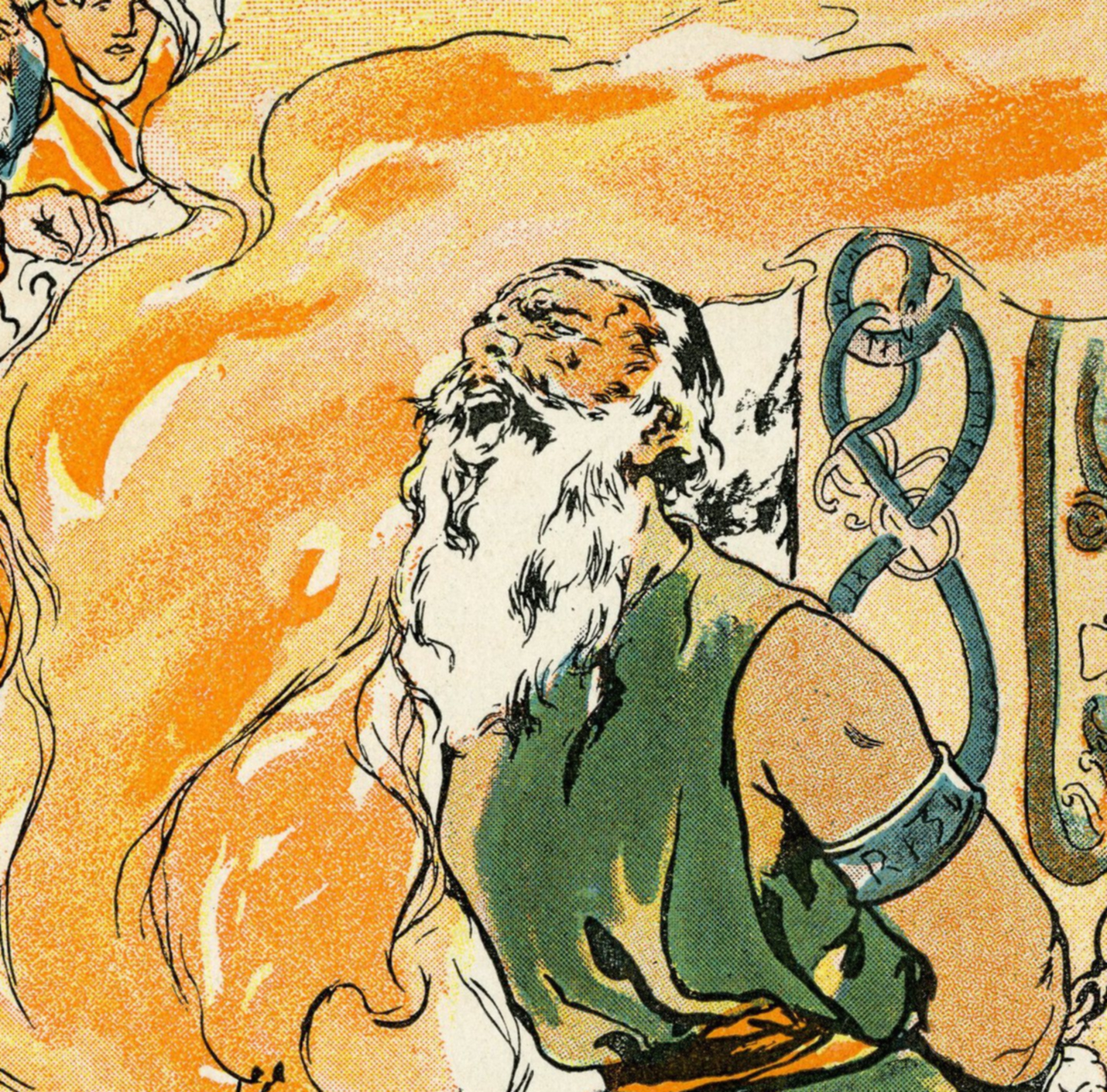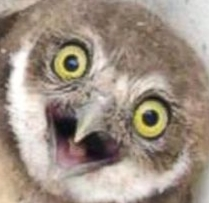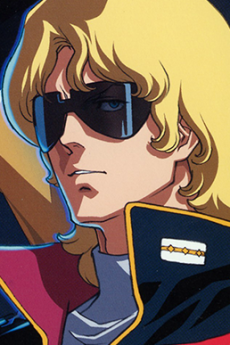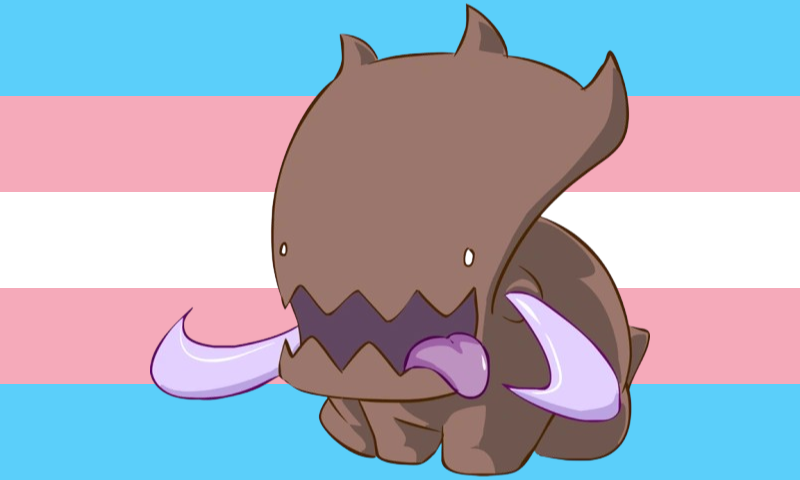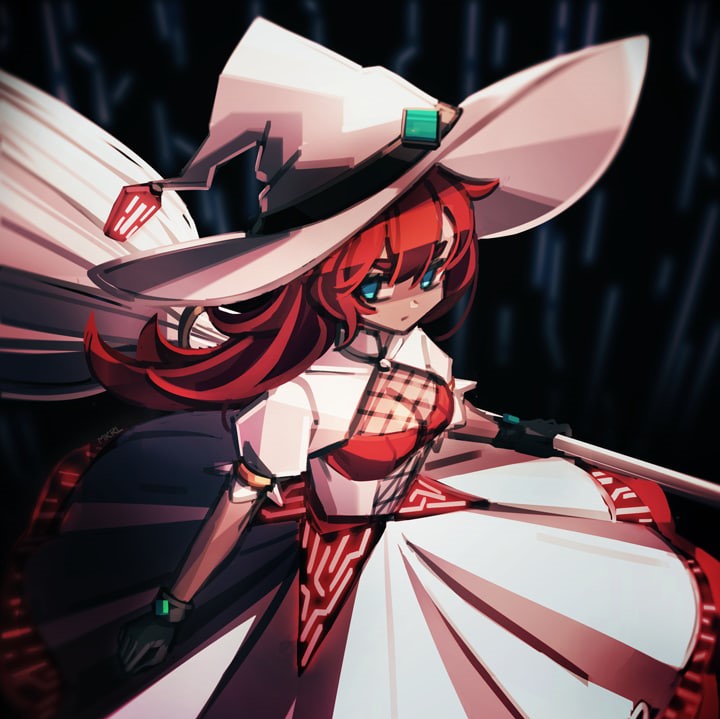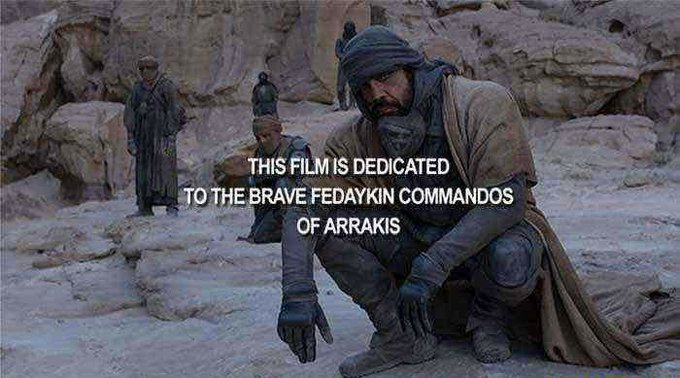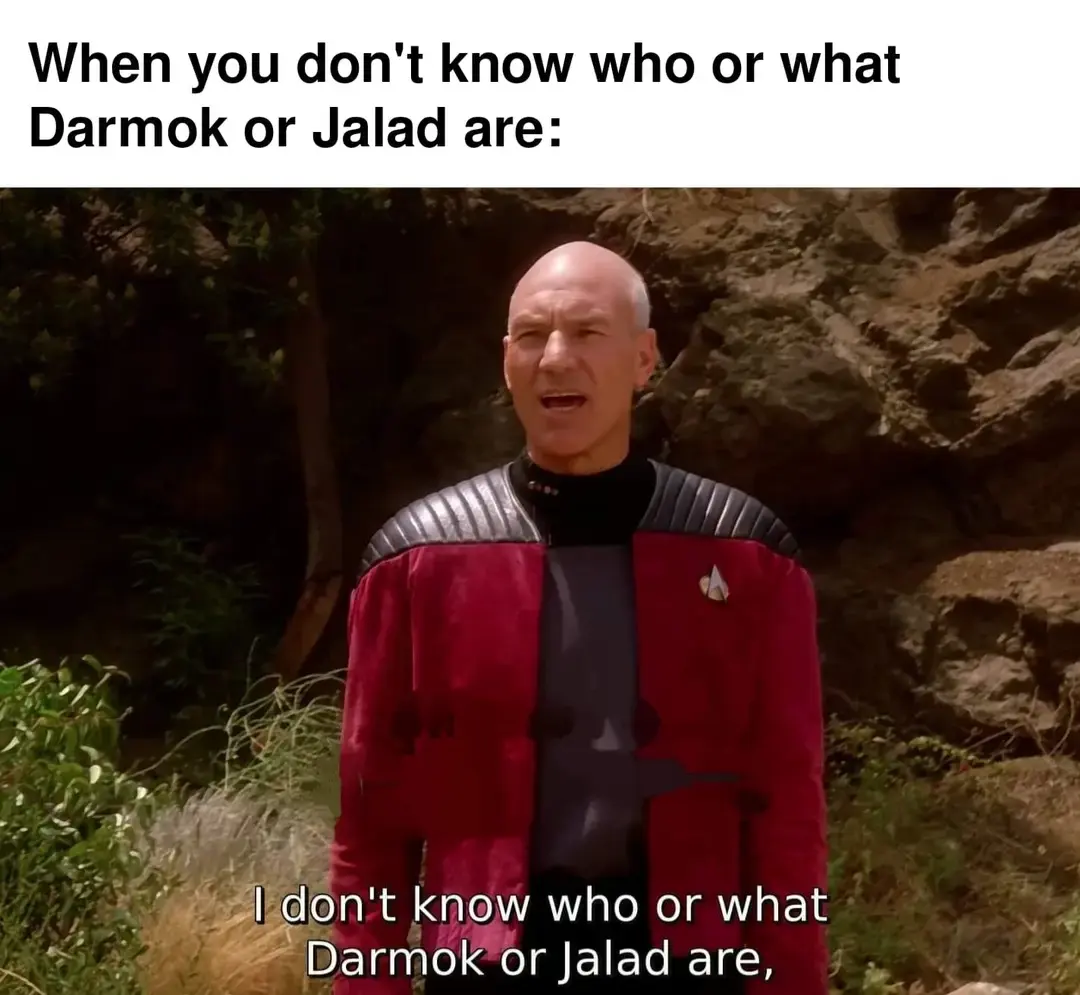A sandworm is a fictional extraterrestrial creature that appears in the Dune novels written by Frank Herbert, first introduced in Dune (1965).
The sandworm are an autotrophic animal that inhabited the planet Arrakis. It lived in the vast deserts and sand dunes that stretched across the surface of the planet. Most importantly, sandworms are an essential factor in the creation of the Spice Melange.
Sandworms lived beneath the sand. Attracted to rhythmic vibrations on the surface, they would breach in pursuit of the origin of such vibrations. This was an effort to defend their territory, of which they were highly protective. Thus to see a worm, and live to tell about it, was extremely rare, save for the mysterious fremen, who had achieved some kind of mastery over the beast.
Physical Characteristics
The sandworms were extremely territorial; as soon as two worms sensed each other's presence, they let out chuffing roars of challenge, bellowing melange-smelling exhaust from their cavernous throats.
By anyone's standards, Sandworms could grow to an enormous size. Dr. Yueh cited that specimens "up to 450 meters long" were spotted by observers in the deep desert.
Their skin was thick, rough, and semi-metallic. It served the simple function of armor and was comprised of many scales, each a few feet in size. These scales overlapped and interlocked to form the armor that protected it against internal sand invasion.
As the Fremen discovered, this armor, while all but impenetrable, could be exploited. By prying open the edges of one or more of the scales, the integrity of the armor would be compromised; sand was now free to enter into the sandworms softer insides, causing intense irritation for the sandworm. The beast would then roll itself until the opened scale was at the highest point from the desert floor, thus minimizing the amount of sand that could enter.
A fremen poised to "ride" the beast as it rolled its open scale towards its highest point could literally mount the worm. As long as the scales remained open, the sandworm would not submerge. Maker hooks were then placed towards the front of the beast to control lateral movement. As a result, wormriding became a viable, even sacred, method of transport for the Fremen across the surface of the planet.
The smell of the sandworm has been particularly documented. A strong, flinty, cinnamon smell exuded from the beast, especially from the mouth. Some said it could be smelled before seen
The approach of a sandworm towards its breach-point was often indicated by the dry lightning that frequently occurred in the area; a result of static electricity being discharged into positively-charged air.
The main component of the sandworm's diet was sand, and other inorganic and dry components of the Arrakis crust. It is also believed they sifted the sand-plankton for nourishment.
Cultural Impact
To the planet's Fremen population, the creature was a spiritual symbol of their faith and saw them as physical embodiments of the One God of their original Zensunni religion. Within Fremen culture the sandworm had several additional names, notably The Maker and Shai-Hulud, which variously meant Old Man of the Desert, Old Father Eternity, or Grandfather of the Desert
Young sandworms were used by the Fremen for special ceremonies. Inducting new Sayyadinas or reverend mothers was a prime example of the sandworms essential cultural role.
Conception
Author Frank Herbert conceived the Sandworms based on dragon mythology, particularly fictitious dragons that guard some sort of treasure, such as the creature in Beowulf and the Dragon of Colchis from the Greek myth of Jason. The Sandworms of Arrakis will attack humans who attempt to harvest the spice, as if guarding it (even though the spice is actually of no interest for these creatures, since it is waste matter). Hence, the Sandworms are referred to as "the dragons on the floor of the desert" in Children of Dune.
Illustrator John Schoenherr gave the Sandworm three triangular lobes that form the lips of its mouth. They are also depicted as colossal lampreys or leeches (lacking the three aforementioned lobes), as well as terrestrial annelids.
Megathreads and spaces to hang out:
- 📀 Come listen to music and Watch movies with your fellow Hexbears nerd, in Cy.tube
- 💖 Come talk in the New Weekly Queer thread
- 🔥 Read and talk about a current topics in the News Megathread
- ⚔ Come talk in the New Weekly PoC thread
- ✨ Talk with fellow Trans comrades in the New Weekly Trans thread
reminders:
- 💚 You nerds can join specific comms to see posts about all sorts of topics
- 💙 Hexbear’s algorithm prioritizes comments over upbears
- 💜 Sorting by new you nerd
- 🌈 If you ever want to make your own megathread, you can reserve a spot here nerd
- 🐶 Join the unofficial Hexbear-adjacent Mastodon instance toots.matapacos.dog
Links To Resources (Aid and Theory):
Aid:
Theory:
Despite being more “socially conscious” than Bart, Lisa is doomed to be less leftist than Bart due to her unwavering attachment to status quo. Bart may be a little bastard, but he can and he will upset the established order of things.
Liberal Lisa
Anarchist Bart
Marxist Homer
Conservative Marge
Monarchist Maggie
She sings a song she wrote and Cassical Gas on the picket line. The plant already hadd a union, they were striking to get their dental plan back
Is Lisa attached to the status quo? I don't fully recall the episode, but I remember her having an incredibly based take when marge becomes a cop.
Is Lisa attached to the status quo?
She ends up being president of the USA.
They lib her out after the good episodes end, she just becomes a liberal tattle-tale
Accelerationism seems so quaint now. Nothing any of us could have done would have created a situation worse than what the harm reduction don't let the perfect be the enemy of the good lesser evil adults in the room have accomplished.
New Megathread in Honor of the Brave Muad'Dib's Fedaykin of Arrakis

-
🐶 Join the unofficial Hexbear-adjacent Mastodon instance toots.matapacos.dog
-
🌈 If you ever want to make your own megathread, you can go here nerd
@aaaaaaadjsf@hexbear.net @Acute_Engles@hexbear.net @AntiOutsideAktion@hexbear.net @Alaskaball@hexbear.net @AlicePraxis@hexbear.net @Aliveelectricwire@hexbear.net @artificialset@hexbear.net @asa_red_heathen@hexbear.net @autismdragon@hexbear.net @Awoo@hexbear.net @bbnh69420@hexbear.net @buh@hexbear.net @CDommunist@hexbear.net @Cherufe@hexbear.net @ClimateChangeAnxiety@hexbear.net @Comp4@hexbear.net @ComradeEchidna@hexbear.net @context@hexbear.net @corgiwithalaptop@hexbear.net @CrispyFern@hexbear.net @CriticalOtaku@hexbear.net @Cromalin@hexbear.net @CyborgMarx@hexbear.net @Dirt_Owl@hexbear.net @Dolores@hexbear.net @drinkinglakewater@hexbear.net @ElChapoDeChapo@hexbear.net @ElGosso@hexbear.net @EmmaGoldman@hexbear.net @FALGSConaut@hexbear.net @Frank@hexbear.net @Frogmanfromlake@hexbear.net @FuckyWucky@hexbear.net @FumpyAer@hexbear.net @GalaxyBrain@hexbear.net @Goadstool@hexbear.net @Grownbravy@hexbear.net @GVAGUY3@hexbear.net @HarryLime@hexbear.net @hexaflexagonbear@hexbear.net @Ho_Chi_Chungus@hexbear.net @InevitableSwing@hexbear.net @iridaniotter@hexbear.net @JamesConeZone@hexbear.net @kristina@hexbear.net @LesbianLiberty@hexbear.net @Magician@hexbear.net @MaxOS@hexbear.net @Mindfury@hexbear.net @mkultrawide@hexbear.net @Nakoichi@hexbear.net @PaulSmackage@hexbear.net @PaX@hexbear.net @plinky@hexbear.net @Pluto@hexbear.net @PorkrollPosadist@hexbear.net @President_Obama@hexbear.net @Ram_The_Manparts@hexbear.net @RION@hexbear.net @RNAi@hexbear.net @Rojo27@hexbear.net @SeventyTwoTrillion@hexbear.net @SorosFootSoldier@hexbear.net @Sickos@hexbear.net @silent_water@hexbear.net @Sphere@hexbear.net @take_five_seconds@hexbear.net @Teekeeus@hexbear.net @Tervell@hexbear.net @VHS@hexbear.net @viva_la_juche@hexbear.net @WhatDoYouMeanPodcast@hexbear.net @Wheaties@hexbear.net @WhyEssEff@hexbear.net @WIIHAPPYFEW@hexbear.net @wtypstanaccount04@hexbear.net @wombat@hexbear.net @Zoift@hexbear.net
@thelastaxolotl@hexbear.net @WhoaSlowDownMaurice@hexbear.net
@CARCOSA@hexbear.net @liberal@hexbear.net @ella@hexbear.net @all_or_nothing@hexbear.net @KenBonesWildRide@hexbear.net @KiraNerys@hexbear.net @TomboyShulk@hexbear.net @DuckNuckem@hexbear.net @SapGreen@hexbear.net @Zangief@hexbear.net @scumlord@hexbear.net @COMMENT@hexbear.net @Antisocial_Socialist@hexbear.net @DOPESMOKERDENG@hexbear.net @BoarAvoir@hexbear.net
No current struggle session discussion here on the new general megathread, i will ban you from the comm and remove your comment, have a good day/night :meow-coffee:
-
As I was leaving the movie I heard someone behind me say, "I wish there didn't have to be a Holy War."
:muad'dib-sad:
Meanwhile in my theater it was quiet with a general air of confusion cause I went on a weekday in the early afternoon and watched it with a bunch of seniors.
I've lowkey become obsessed with Dune. Rereading the book and saw Part 2 a second time last night. I don't think I've ever enjoyed seeing a movie in theaters this much.
I highly suggest continuing on to Dune Messiah if you haven't read it before. Then Children of Dune and God Emperor of Dune. Can't recommend the others
Yeah that's the plan. I got the whole box set a while back on sale.
Nerds i say this as a mod, you need to report reactionaries

like i understand dunking on libs is funny but if you need to report them too if they break site or comm rules, i got a report on a 2 day old post that didnt get reported until today
lol it’s fucking incredible how much worse things have gotten since 2020. Covid was obviously the catalyst but I hate living everyday and seeing everyone pretend like things are fine because things are the same “we just have more access to information so things seem worse”
Absolutely need a new drug for this hellscape
I just got banned from
lemmygradc/genzedong on lemmygrad for calling out blatant sexism where a user was shaming sexworkers (as said by someone else, a sexworker, who literally talked about the shame a SWERF lemmygrad user was making them feel). But a comment where I expressed solidarity with that person and told them they shouldn't feel ashamed of the work they do was removed for "rule 2" which is... bigotry, sexism, etc. So rule 2 states you aren't allowed to call out bigotry and sexism I guess? These losers call themselves leftists?!I'm sickened to see sexism and sexphobic rhetoric getting more upvotes in a place I thought was supposed to be progressive and not a reactionary shithole where misogyny is allowed and encouraged and people who call it out get banned with their comments removed. Yeah, I'm mad. Fuck lemmygrad, at least the SWERFs and apparently the SWERF-supportive mods.
I guess I've been spoiled by hexbear usually being so good about these sort of issues, I forget that other leftist spaces are often still rife with sexist bigoted SWERF assholes. Lemmygrad and hexbear overlap so much these days (which 99% of the time is great) I wasn't remembering that lemmygrad really does have its own distinct site culture, and at least one aspect of it is really... not good. I will not be shamed by SWERFs and I will not allow my comrades to be shamed by SWERFs when I can do anything to help it.
Sorry, just had to vent somewhere, but this wasn't worth a whole post.
Lemmygrad used to have this one post talking about this with like 15 sources but then the user deleted her account and went away
I don't understand, they had a post talking about their position on sex work?
Sorry for following you
I'm really confused cuz I'm getting down voted
I wanted to say thanks and sorry for the ban
It honestly makes my stomach turn because it feels like they're being protective in a way I never asked for or wanted, and don't seem to think that protecting me in my current conditions would be fruitful
Like yeah I want a good job and education but I have to pay for the education
Am I saying crazy stuff? I really was just trying to be open since I have connections that most people don't seem to and a loved experience with sex that differs quite a bit from the norm
I don't want to encourage people to get into such a dangerous job so idk what I'm doing wrong
I guess the question I'm asking is should I just migrate to hexbear
Nothing to apologize for, and whoever is downvoting you can go fuck themselves.
Yeah, the whole "protecting" sex workers like you is part of the whole patriarchal anti-feminist shit pie. Like you mentioned in one of your comments, it comes down to a sense of ownership over women and women's bodies. Infantilizing "protection" of women is not the worker solidarity they pretend it is. It's just couching misogyny in Marxist terms so they get to feel both superior and intellectual about their sexist brainworms.
You are not saying crazy stuff, and you are doing good work that really does help people. You should be proud of that. And you can be proud of it while still recognizing the dangers of such work in this world as it is, and the inevitable exploitation that happens with all work under capitalism but that sex work suffers in particularly acute ways. The problem, as usual, is with capitalism. Not sex work inherently. And definitely not you.
As for migrating to hexbear, just do what you feel comfortable with. You can engage with both communities regardless of which one you have an account with, and you can maintain accounts on both instances too if you want. There are going to be problematic people to some degree in both, but yeah, I have to admit I was pretty shocked how bad lemmygrad is with this issue, and apparently feminism in general. edit: I do think hexbear will have your back better with this kind of thing, and we don't even have downvoting here, so I think over all it's going to be a less antagonistic atmosphere. I would say make an account and after a bit see which instance you like as your home instance more.
Anyway, since it got removed over there, I'll say it again here: Solidarity and compassion to you, comrade. You're valid and awesome and don't ever let SWERFs make you think otherwise.
edit. And thanks for having the courage to say what you did in the thread over there even with people downvoting you, and also thanks for your comment here, I appreciate it.
It was anti-swerfist, but her post got some pushback and some people actually read it and agreed with her, but I'm not going oversimplify what she said.
Ok, I see. Yeah that doesn't surprise me after today. It's too bad her post is gone.
Dune rules because I get to watch a ragtag population shoot homemade rockets at a bunch of creeps in high tech air-conditioned vehicles.



